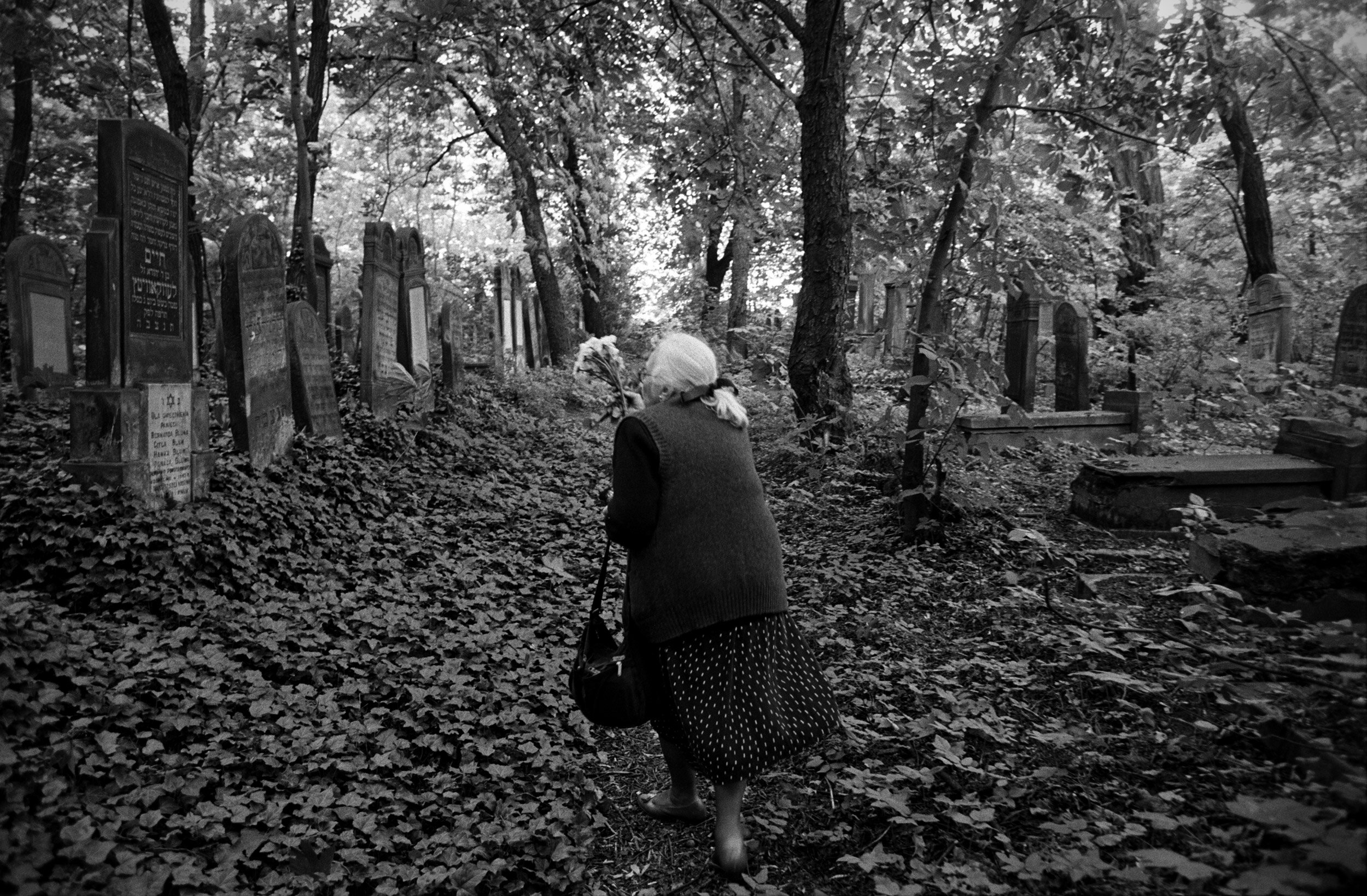From Opatów we traveled to Zawiercie and located the building where my mother was raised, on the street that was once named Adolph Hitler Strasse. A woman stood on the front steps, eyeing us suspiciously and holding a small dog. My mother showed her tattoo from Auschwitz to the woman as she did with other strangers we met in Poland; her act of defiance gave me pause. I was apprehensive and uncomfortable, yet deeply proud of her.
The woman denied that the building had held apartments before the war and insisted that they had been used as administrative offices for the town before and during that time, stating that her family had owned the property since the late 1940s. Patiently, my mother explained that she had lived there for more than a decade and that her family’s successful business had allowed them to make a home on the second floor. It was part of her closure, to tell her story to these Poles, to neighbors who had perhaps looked away or even cheered when the Jews were rounded up.

We made our way to a quiet residential street at the edge of town where two cemeteries stood side by side. The Catholic one, full of polished granite headstones under mantles of fresh flowers, commanded its space proudly. Next door was the Jewish cemetery, a forgotten world behind rusting gates, an eerie place patrolled by a pack of feral dogs.
When my mother returned to Europe in 1947, first to see my father in Paris, then to visit Zawiercie, she placed a new stone on her aunt Zosia’s grave. Forty-six years later I photographed her in that cemetery, clutching a few flowers and gesturing toward where she remembered Zosia’s resting place to be. She had arrived at this moment so certain of the grave’s location that instinct propelled her movements, and where the bottom of her dress blends with the undergrowth she seems to float, melting into the background and creating an almost audible rustling.
